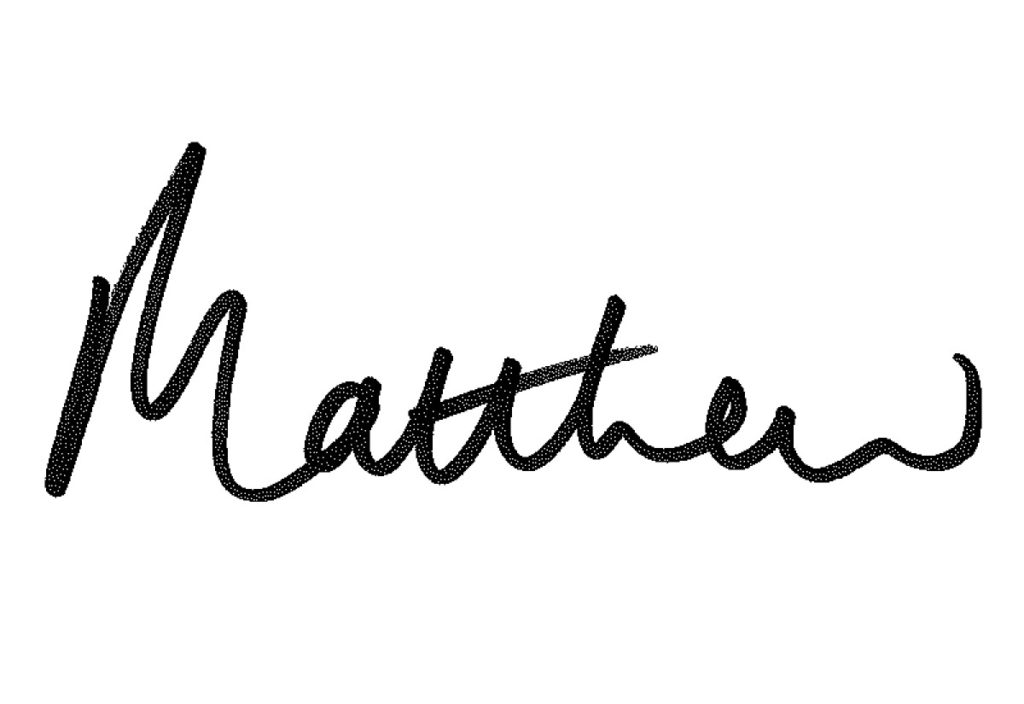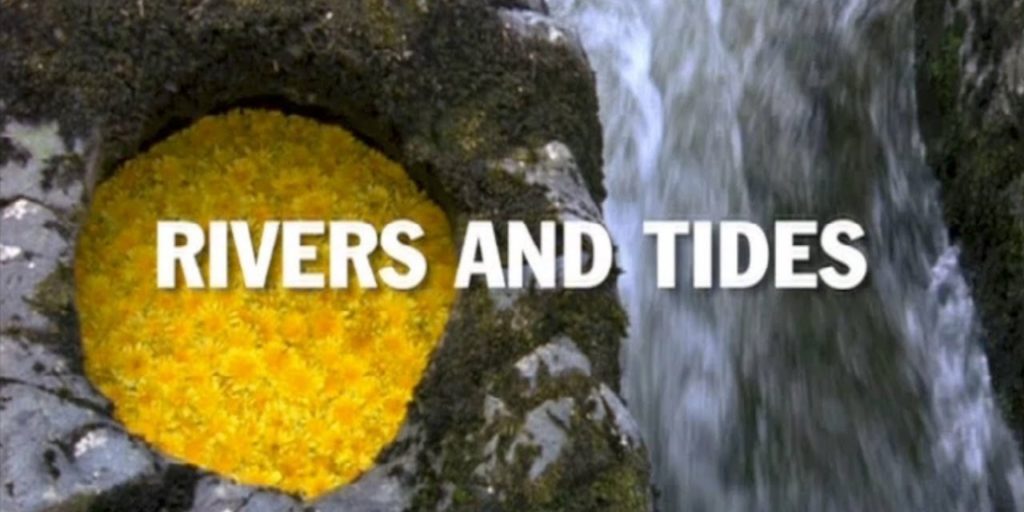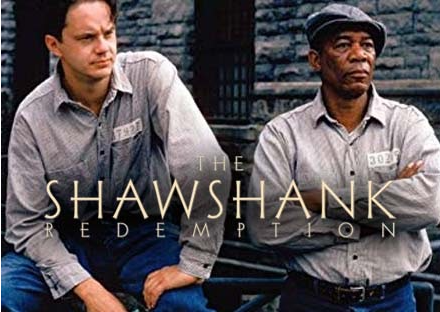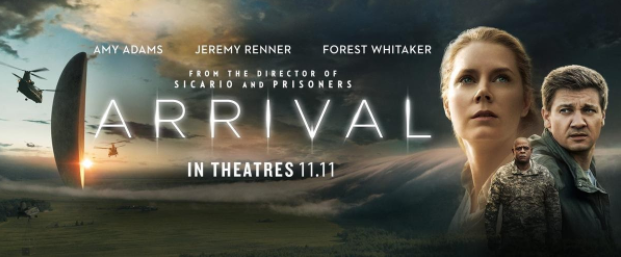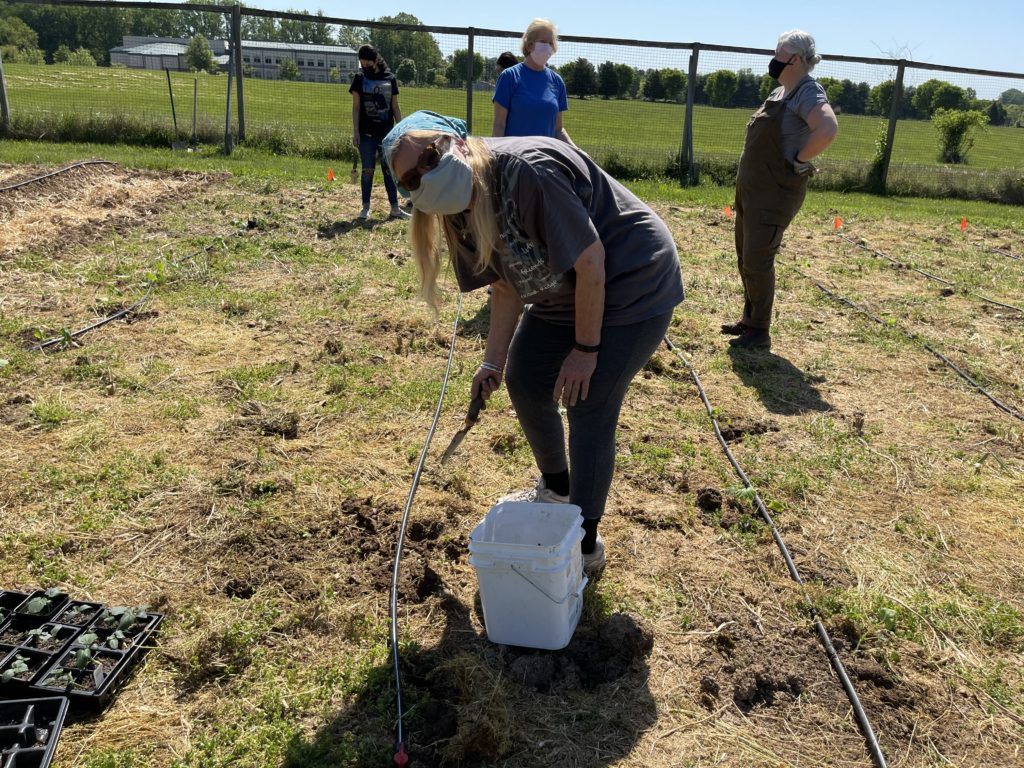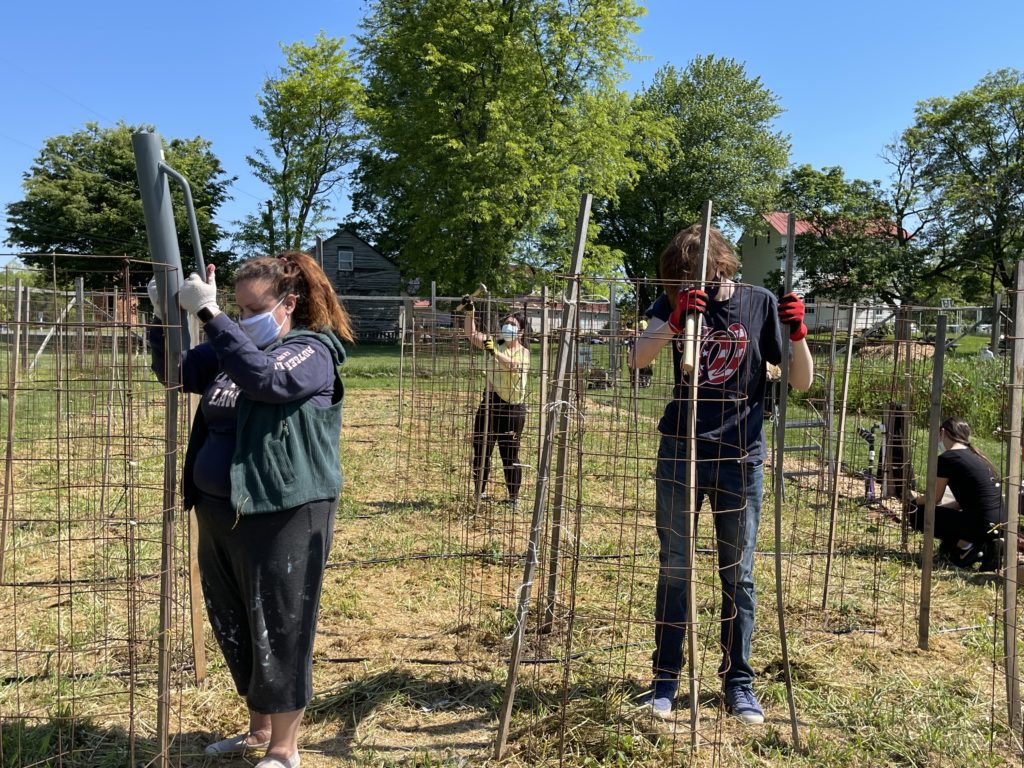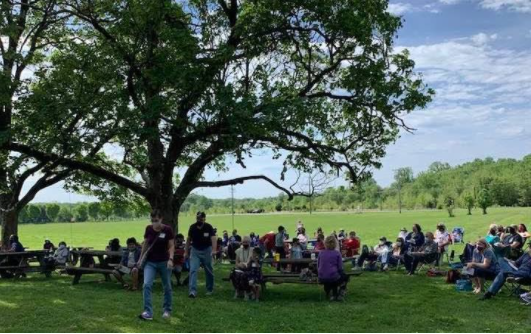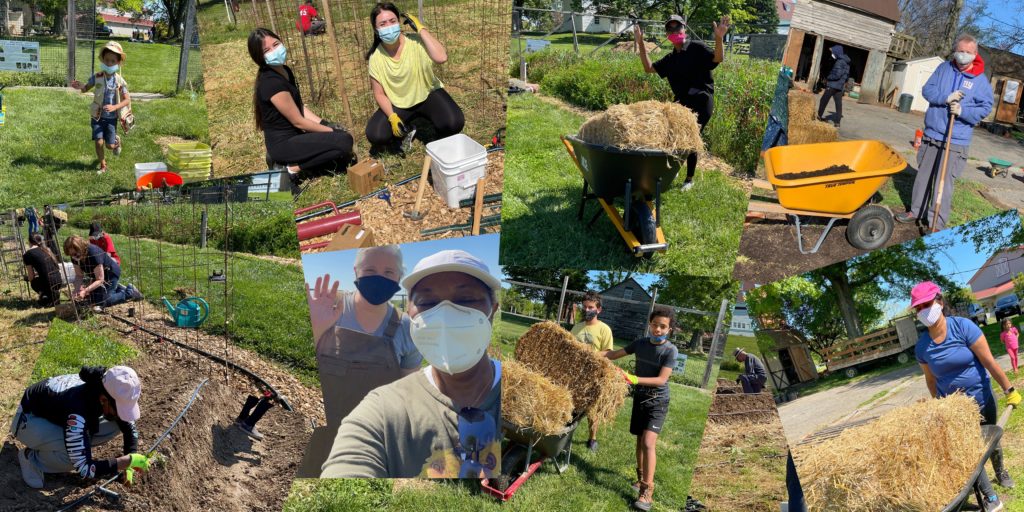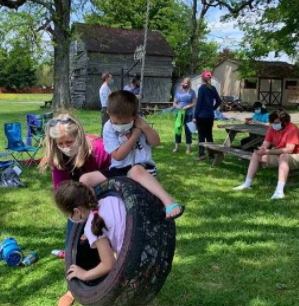We all love stories! They are such powerful conveyers of meaning, hope, truth, and love. For thousands of years, human beings like us have been sharing stories because—more than any other vehicle—we’ve found them to communicate the depths of human experience. In the ebb and flow, the cut and thrust, and the subtle nuance of a narrative, we capture the mystery and meaning of life in a way that transcends fact or fiction. Stories carry a truth that resonates deeply within us, evoking an emotional response and impacting us—mind, body, and soul. As we tell them, they become a shared experience and give us the sense of belonging we crave. As we listen to them, we find a commonality: your story becomes mine, and mine becomes yours. Stories tell us that we are not alone.
That’s why sacred texts are full of stories, that’s why Jesus told so many stories, and why, no matter how many times we hear them, we’ll never exhaust their meaning. Jesus’ stories point to a bigger story—the story of God’s love and the human journey towards healing and reconciliation of all things. They show us that all our stories are part of something so much bigger and even more beautiful in which we find again that we all belong to each other.
This is also why we hold a “God in the Movies” series every year. Movies are a powerful form of modern-day storytelling, and our cultures are constantly creating them to share profound experience, truth and meaning. In that sense, movies can be deeply spiritual whether they have a religious theme or not: God is present everywhere, even in some of the darkest places. In this series, members of our community share movies in which they have encountered God in this way.
But there are always more movies and more personal stories than time affords, so in this newsletter several other members share. I hope you enjoy reading about these movies and I’m sure you’ll appreciate how diverse they are! One is grounded in the concrete reality of the natural world, revealing the divine in the transient beauty of rock, wood and water over the passage of time. Another is an alien movie that challenges the nature and meaning of that reality, and questions the linear perception of time! And we bring it back home with stories from our own community farm and partnership in Guatemala that remind us how we all become players in others’ stories as we unreservedly love and serve the world around us.
With love and gratefulness,
A Reflection on Rivers and Tides: Andy Goldsworthy Working with Time
By Rachel Bibee
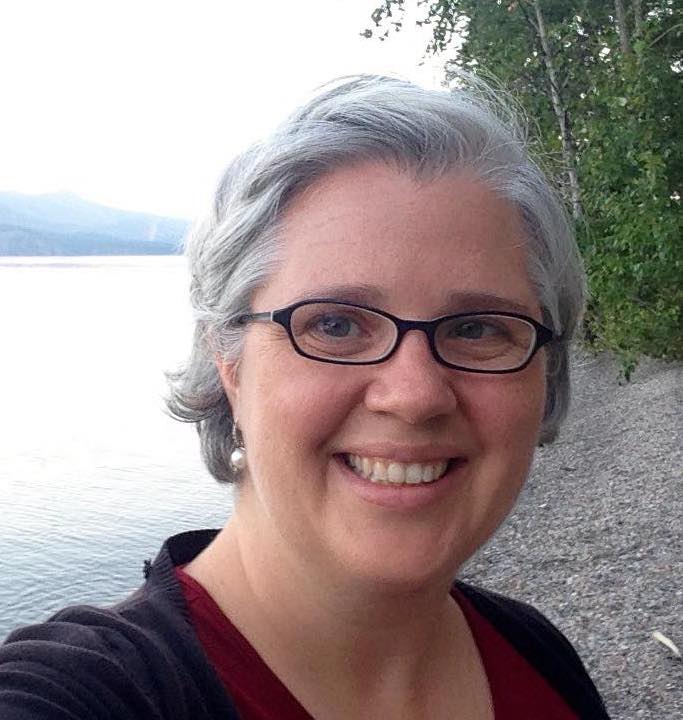 When I was thinking about a film that made me feel a connection to God, this one kept popping into my mind. I’m at a place in my faith journey right now where my strongest connection to the Divine is through nature. When I am outside—admiring plants, watching birds, or even dodging cicadas—the creativity, beauty, and simplicity of the natural world often brings me joy and peace like nothing else.
When I was thinking about a film that made me feel a connection to God, this one kept popping into my mind. I’m at a place in my faith journey right now where my strongest connection to the Divine is through nature. When I am outside—admiring plants, watching birds, or even dodging cicadas—the creativity, beauty, and simplicity of the natural world often brings me joy and peace like nothing else.
In this documentary (that I might have first heard about as a God in the Movies choice many years ago) the artist, Andy Goldsworthy, is filmed as he creates various works of art that are incredibly temporary—but also gorgeous. He takes leaves, sticks, rocks, and even ice to make sculptures or images that mimic nature but also stand out as being clearly made by human hands: for example, a small pool filled with bright yellow dandelions in the rocks next to a rushing stream, or a structure made of driftwood that floats aways when the tide comes in.
The idea that all this effort and creativity goes into a work of art that is so temporary and will be seen by so few people is very counterintuitive to me. That’s probably why this film has stayed in my mind for so many years. The effort that is put into temporary and beautiful creations (which we could also be considered as being) makes me think of the Bible verses about the birds of the air and the wildflowers in the fields, and not needing to worry or hold on overly tightly to things. As I watched a line of leaves float down a stream with no purpose or destination, I felt a burden easing from my shoulders. Life is full and hectic, and stressful at times, but the simplest things can bring peace and perspective. I felt inspired to live more in sync with nature’s tides and currents—to steer less, and trust the Divine flow more.
A Reflection on Pride
By Merrow Ragan
 When I first heard about the movie Pride, I was admittedly skeptical. As a member of the LGBTQ+ community, I have longed to see myself in the media, and so I have watched dozens of movies featuring LGBTQ+ people. However, these portrayals often focus on the tragedy of being gay, the death of LGBTQ+ characters, or even perpetuate homophobic and transphobic beliefs. So when I began to watch, I held my breath and crossed my fingers that I wouldn’t leave the theater feeling downtrodden and longing for joyful LGBTQ+ history.
When I first heard about the movie Pride, I was admittedly skeptical. As a member of the LGBTQ+ community, I have longed to see myself in the media, and so I have watched dozens of movies featuring LGBTQ+ people. However, these portrayals often focus on the tragedy of being gay, the death of LGBTQ+ characters, or even perpetuate homophobic and transphobic beliefs. So when I began to watch, I held my breath and crossed my fingers that I wouldn’t leave the theater feeling downtrodden and longing for joyful LGBTQ+ history.
I have never been so happy that a movie failed to meet my expectations. Though Pride is based on a true story about queer struggle, it is also about unlikely allyship, community, and love. The movie follows a group of queer Londoners who have dedicated their time to protesting for equal rights. Used to being targeted violently by law enforcement, they are suspicious when their protests start to go oddly peacefully, and realize that the police department’s focus has shifted. Instead, the police are targeting the miners striking in rural Wales to prevent Prime Minister Margaret Thatcher from shutting down mines, which would result in mass unemployment. One group member encourages uniting around their similar struggles. “The miners are being bullied just like we are! Bullied by the police, bullied by the tabloids, bullied by the government!” Almost every person understandably has reservations, noting that the miners have never come to their aid, and that small mining towns have their own history of inciting violence against members of the LGBTQ+ community.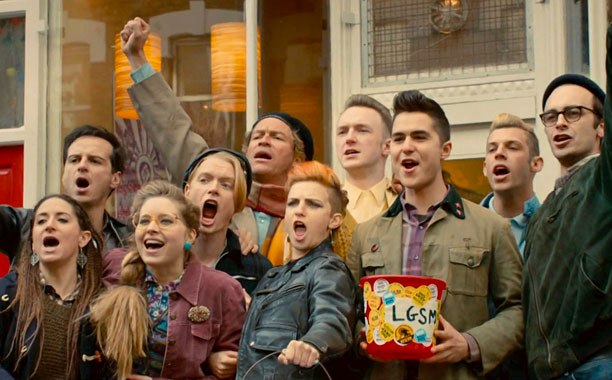
The few that stick around to form L.G.S.M. (Lesbians and Gays Support the Miners) call mining towns to offer support, and are met with rejection and homophobia again and again. Finally, their persistence lands them a meeting with an unsuspecting union member who had misheard their organization name on the phone. He overcomes his anxiety, accepts their help, and invites them into allyship. “What you’ve given us is more than money, it’s friendship. When you’re in a battle against an enemy so much bigger, so much stronger than you, and find out you had a friend you never knew existed, well that’s the best feeling in the world. Can you see what we’ve done here, by coming together, all of us? We made history!” the union member says to a crowded gay bar. Members of the small Welsh town go from inviting them in tentatively, to overcoming their prejudices, confronting their tendencies to stereotype queer people, and defending them from bigots in the town, while also accepting financial help and protest advice from L.G.S.M.
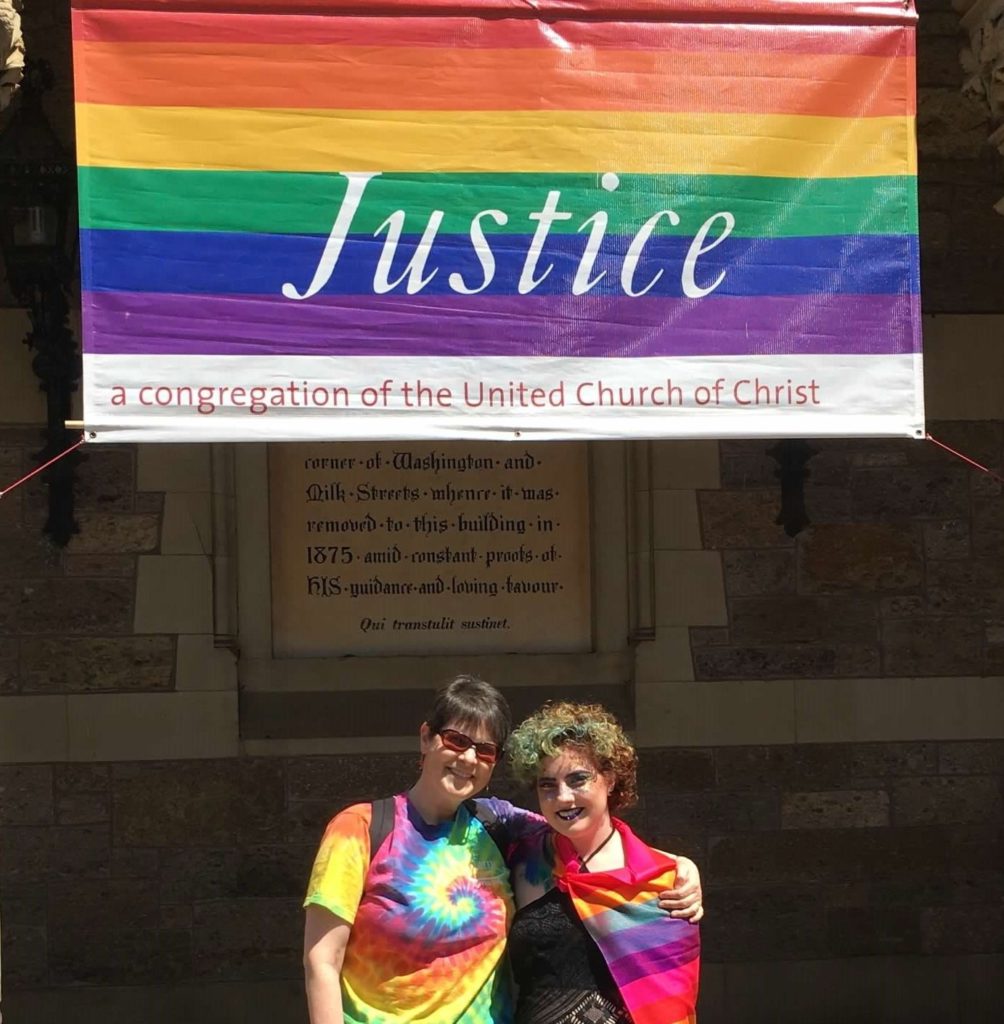 This movie means so much to me because it has everything I’ve ever wanted in a movie with queer representation: a happy ending, likeable queer characters, and a focus on a joyful part of LGBTQ+ history. Most importantly, it shows that love really is the opposite of fear. My experience as a queer person has unfortunately featured condemnation in the name of Christianity, and my coming out was delayed by years when my childhood church attempted to become open and affirming and failed. I was so confused. I had been taught that God is love and that Jesus loves me, and had never once heard a Bible passage where Jesus condemned people like me. As I’ve grown up and become more confident in who I am, I have recognized God’s love in the people who have unconditionally welcomed me and used new pronouns and names for me even though it took a lot of hard work, and in the people who have been willing to step over their fear of what they don’t understand into love. Like God, they don’t pick and choose what to love and accept about me. Instead, they look at even the parts of me they don’t understand, and choose to love me as a whole.
This movie means so much to me because it has everything I’ve ever wanted in a movie with queer representation: a happy ending, likeable queer characters, and a focus on a joyful part of LGBTQ+ history. Most importantly, it shows that love really is the opposite of fear. My experience as a queer person has unfortunately featured condemnation in the name of Christianity, and my coming out was delayed by years when my childhood church attempted to become open and affirming and failed. I was so confused. I had been taught that God is love and that Jesus loves me, and had never once heard a Bible passage where Jesus condemned people like me. As I’ve grown up and become more confident in who I am, I have recognized God’s love in the people who have unconditionally welcomed me and used new pronouns and names for me even though it took a lot of hard work, and in the people who have been willing to step over their fear of what they don’t understand into love. Like God, they don’t pick and choose what to love and accept about me. Instead, they look at even the parts of me they don’t understand, and choose to love me as a whole.
A Reflection on Lost In Translation
By Noel Lloyd
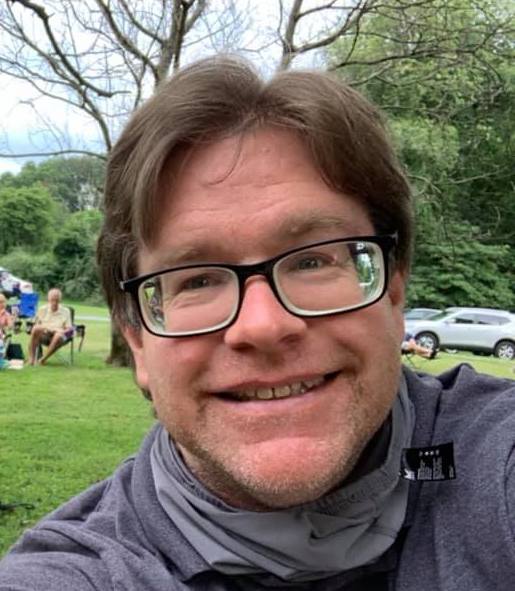 The 2003 film Lost in Translation tells the story of two very different people, Bob and Charlotte, who are brought together by their shared status as fish-out-of-water Americans in Tokyo, Japan. The middle-aged former big-time actor Bob has come to Japan to promote a whiskey, leaving behind his failing marriage in America. Twenty-something Charlotte has joined her photographer husband on a trip to Japan; she’s a newlywed, a recent college graduate, and completely unsure about what to do next.
The 2003 film Lost in Translation tells the story of two very different people, Bob and Charlotte, who are brought together by their shared status as fish-out-of-water Americans in Tokyo, Japan. The middle-aged former big-time actor Bob has come to Japan to promote a whiskey, leaving behind his failing marriage in America. Twenty-something Charlotte has joined her photographer husband on a trip to Japan; she’s a newlywed, a recent college graduate, and completely unsure about what to do next.
Bill and Charlotte meet one evening at their hotel, and through a series of random encounters, build a relationship of sorts through their week in Japan. Despite their differences, they begin to bond, sharing a series of experiences together in the exotic, teeming city of Tokyo. Along the way, we also get glimpses into their struggles and, in the case of Bob, downright terrible behaviors. But we also see their hopes and their simple human desires that surface in their meandering conversations. At the end of their time together, there are no real changes or defining moments. They part as friends, but we learn no lessons.
But that’s why I love this movie. It’s a movie that’s true to life—where two people connect over a common situation, through a random occurrence. They experience a moment in time, that’s both special and ordinary at the same time. As I read the Book of Ecclesiastes, I found its themes align with this film: the banality (and futility) that is the human experience, but also seizing opportunities to enjoy the moment, because everything ends for all of us eventually.
And that’s what draws me again and again to this film.

A Reflection on The Shawshank Redemption
By Grant Gross
 One of my favorite movies (which we previously featured in God in the Movies) is The Shawshank Redemption—the 1994 movie starring Tim Robbins and Morgan Freeman. Based on a novella by Stephen King, the movie follows the lives of two inmates serving long-term prison sentences. The two come from different backgrounds but develop a friendship in prison. Robbins’ character, Andy, had been a successful banker before being falsely accused of murder, and he eventually establishes a library and phonograph record collection in the prison, and begins offering financial advice to other prisoners and the warden.
One of my favorite movies (which we previously featured in God in the Movies) is The Shawshank Redemption—the 1994 movie starring Tim Robbins and Morgan Freeman. Based on a novella by Stephen King, the movie follows the lives of two inmates serving long-term prison sentences. The two come from different backgrounds but develop a friendship in prison. Robbins’ character, Andy, had been a successful banker before being falsely accused of murder, and he eventually establishes a library and phonograph record collection in the prison, and begins offering financial advice to other prisoners and the warden.
Throughout the movie Andy and Red, Freeman’s character, find ways to find hope in the dismal prison environment. At one point, Andy is thrown in solitary confinement for playing Mozart’s The Marriage of Figaro loudly over the prison PA system for all the prisoners to hear, despite prison guards telling him to stop. Red eventually is released from prison, and Andy comes up with an ingenious way to escape, using a small rock hammer and a poster of Rita Hayworth. After Andy escapes, the two friends are finally reunited on a beach in Mexico.
The movie resonates for me because of its message of hope in difficult circumstances. Even though both Andy and Red were serving long prison sentences, with violent prison guards and dangerous inmates, they found ways to look to the future and discover worth in the lives they have. While the movie doesn’t link that hope for the future to a belief in God, as believers we can have that hope that some other people may struggle to find. The movie tells us that despite terrible circumstances, people can look for ways to hope for a better tomorrow.
 A Reflection on The Book of Eli
A Reflection on The Book of Eli
By Steve English
 The 2010 film The Book of Eli makes me sad. But not for the reasons it’s supposed to.
The 2010 film The Book of Eli makes me sad. But not for the reasons it’s supposed to.
TBOE is a dystopian tale of a bleak, post-apocalyptic future. The environment is in a desperate state, and so are all of the characters—many of whom aren’t around by the end of the film. But that’s not what got to me the most. In this future, most printed books were eliminated in some kind of purge, or maybe in a war. The details are a little vague. Gary Oldman plays the villain to Denzel Washington’s Eli. Oldman’s character is a petty tyrant named Carnegie who has given his thugs standing orders to be on the lookout for any remaining books. One Book in particular. Maybe you can guess which one. He tells them that this Book is
“A weapon! A weapon aimed right at the hearts and minds of the weak and the desperate. It will give us control of them. If we want to rule more than one small town, we have to have it. People will come from all over, they’ll do exactly what I tell ’em if the words are from the book. It’s happened before and it’ll happen again. All we need is that book.”
I was sorry to hear the Bible described this way. I was sorrier to realize that in the wrong circumstances, and in the wrong hands, the things Carnegie says could be true. TBOE is intended as a cautionary tale, meant to warn us of one possible future; of an outcome that might occur. Instead, it made me think about things that already occurred—specifically the Thirty Years’ War, and the series of shorter wars that led up to it. These wars were begun by Christians fighting other Christians, using among other weapons the Bible, in an effort to decide which flavor of Jesus would achieve market dominance in a divided Europe. And the result? All of the competing brands of Christianity survived, but more than five million Christians died.
It’s tempting to look at 400-year-old conflicts and think we’ve moved beyond all that, that we’re much better and wiser than those misguided ancients. But there are too many examples in the succeeding centuries in which people used Christianity and the Bible to foster their own desire for power, wealth, or territory. In my own lifetime I’ve watched so-called Christian evangelists weaponize the Bible to gain influence, money, and votes. That always makes me think of another film, 1977’s Oh God!, in which the Almighty, played by George Burns, says that if a phony televangelist wants to get rich, he should sell shoes.
So what’s the solution? Are we doomed to repeat this cycle forever? Not necessarily. By the end of TBOE, Carnegie has tried, without success, to get a copy of the Bible from Eli. In a surprise twist, we learn that the real Bible that Eli has been carrying is not a printed book, but exists in his mind, and in his heart. I found that to be very inspirational. Perhaps if all of us as Christians made more of an effort to carry the Bible not just in our hands, but in our hearts, it might be harder to let others use that book just to achieve their worldly goals. And we might move closer to becoming the people that God wants us to be.
A Reflection on Arrival
By Caroline Ferrante
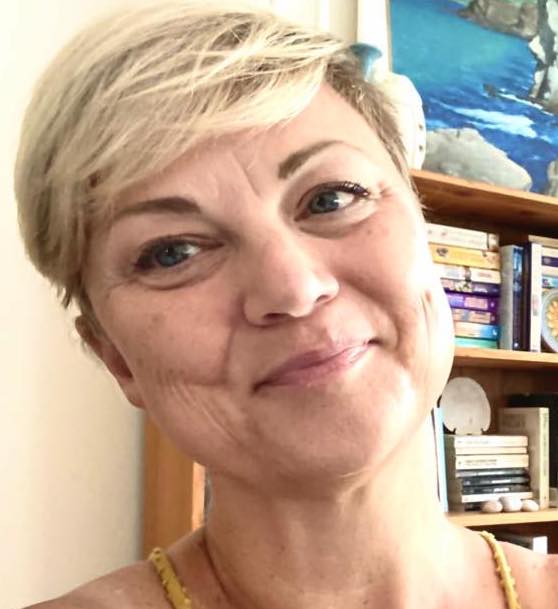 Arrival is hands-down my most powerful cinematic experience. It was released in 2017, and stars Amy Adams, Forest Whitaker, and Jeremy Renner. If you aren’t familiar with the movie—alien spacecraft touch down all around the world. While nations and continents attempt to communicate with mysterious beings, the military recruits civilian Professor Louise Banks to translate with the life forms in the United States.
Arrival is hands-down my most powerful cinematic experience. It was released in 2017, and stars Amy Adams, Forest Whitaker, and Jeremy Renner. If you aren’t familiar with the movie—alien spacecraft touch down all around the world. While nations and continents attempt to communicate with mysterious beings, the military recruits civilian Professor Louise Banks to translate with the life forms in the United States.
Her journey, and mankind’s journey, takes time, risk, and relationship. Every nation has a part to contribute—humanity must work together.
While politicians and war-mongers rattle swords, and focus on power and fear, the audience delves into the mysteries of non-linear thought with Dr. Banks. Her emotions and scientific knowledge intertwine on this journey. Her painful story is part of a bigger one. It changes her at a fundamental level. And, ultimately, we discover how time, memory, language, and sound are merely fragments of a greater reality—of love.
This movie reminds me to wonder, to see the limits of my thought and experience. The narrative spurs me to pray without words and lose myself in mediation—where I sometimes sense something just beyond reach. Where I know I am not alone.
I believe there are mysteries outside of our reality that touch on other dimensions, and being beyond our wildest imaginations.
Perhaps the whole fabric of reality itself rests on an interconnected energy of love.
Farm Perspectives
By Ruth Campbell
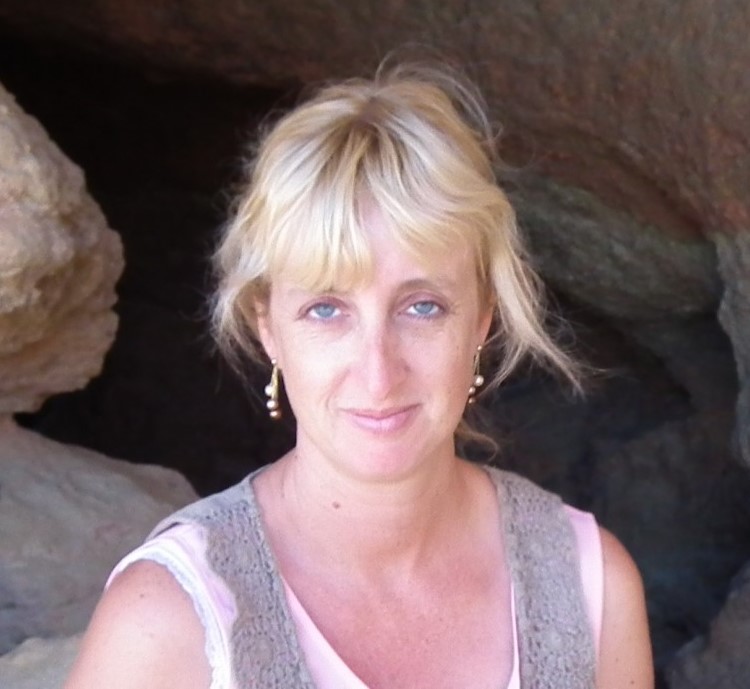 I spent an hour with nine teenagers on the farm yesterday, talking to them about the food system we all buy into here in the US. We discussed the price wars of large food wholesalers that have resulted in miserably low wages paid to agricultural workers, heavy dependence on large-scale mechanized and chemically-assisted production, and a preference for long shelf-life at the expense of taste and nutrition.
I spent an hour with nine teenagers on the farm yesterday, talking to them about the food system we all buy into here in the US. We discussed the price wars of large food wholesalers that have resulted in miserably low wages paid to agricultural workers, heavy dependence on large-scale mechanized and chemically-assisted production, and a preference for long shelf-life at the expense of taste and nutrition.
We talked about how small farmers have been squeezed out of supply chains, and how Black farmers have been systematically disadvantaged, leading to a drop in Black management from 14% of all US farmland in 1920 to less than 2% today. We explored the morality of 1 in 4 people going hungry in Maryland—by some measures the richest state in the country.
Teenagers tell it like it is: “That’s deplorable!” they said… well, okay, they used rather coarser terms, but that was the sentiment!
Earlier in the week, Rachel Bibee and I were out on the farm with a group of preschool children, who marveled at the mysteries of nature: strawberry flowers that turn into juicy, delicious treats; radishes that pop up out of the soil, red and round; and tiny seedlings springing up from last week’s line of lettuce seeds. “Ooo!” “Wow!” “Look!” and “Why?” were the order of the day.
My prayer for the farm this year is that everyone who goes out there will see what these young people see. May God open our eyes and hearts to the injustices of our world, and strengthen our resolve to make this a kinder, fairer place. And may God also give us eyes to see and hearts that are moved by the incredible beauty of our magical world.
Join us on the farm on Thursday evenings from 6-8PM, or go out anytime to lend a hand. Text thefarm@crcc.org to find out the most pressing current tasks.
Meeting in Person: Cedar Ridge Kids
On Sunday, May 2, three preschoolers and 19 elementary children met during our outdoor service for the first time in over a year. Members of the elementary group shared about something new that came into their homes over the last year (ranging from recliners to rabbits to babies!), continued some learning about emotions including anxiety, and competed in a pool noodle javelin toss. Our preschoolers watched our leaders reenact the parable of the Good Samaritan, colored a related picture, and then played Simon Says and Follow the Leader. Here are the impressions of two of our six adult volunteers:
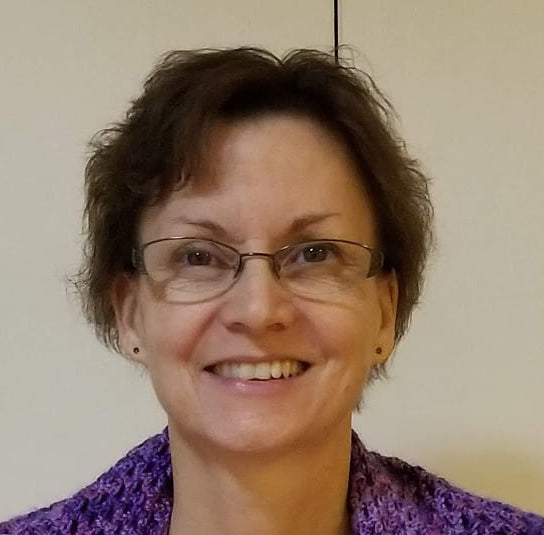 Wendy Ormsby: “Where our Cedar Ridge preschool kids were concerned, it felt like all the necessary precautions were taken for the May 2nd in-person service. True, we did not have complete control over how the children behaved, but things still went smoothly. We made every attempt to keep everyone far enough apart and gently reminded anyone to make sure their mask was always covering both their nose and mouth. I especially liked the way we transitioned from the picnic table area to our “outdoor classroom” on the other side of the building. We used a rope with pieces of cloth attached in places far enough apart so the kids could focus on holding their piece of cloth while keeping their distance from each other.”
Wendy Ormsby: “Where our Cedar Ridge preschool kids were concerned, it felt like all the necessary precautions were taken for the May 2nd in-person service. True, we did not have complete control over how the children behaved, but things still went smoothly. We made every attempt to keep everyone far enough apart and gently reminded anyone to make sure their mask was always covering both their nose and mouth. I especially liked the way we transitioned from the picnic table area to our “outdoor classroom” on the other side of the building. We used a rope with pieces of cloth attached in places far enough apart so the kids could focus on holding their piece of cloth while keeping their distance from each other.”
 Paul Anderson: “Cedar Ridge was well-prepared for the in-person service on May 2nd. Social distancing, wearing masks, washing hands, etc., were not difficult for the elementary school kids—they’ve become pros at rolling with the new normal brought by the pandemic. They’re probably better at it than adults on the whole. I was delighted to see everyone, having been apart for such a long time, although some of the kids may have felt a bit shy for that same reason.”
Paul Anderson: “Cedar Ridge was well-prepared for the in-person service on May 2nd. Social distancing, wearing masks, washing hands, etc., were not difficult for the elementary school kids—they’ve become pros at rolling with the new normal brought by the pandemic. They’re probably better at it than adults on the whole. I was delighted to see everyone, having been apart for such a long time, although some of the kids may have felt a bit shy for that same reason.”
We look forward to our next Cedar Ridge Kids gathering as we find creative ways to help our kids reconnect with each other in a fun and low-risk way.
Guat’s Up?
By Bryan Peterson
 In a typical year, an intergenerational travel team from Cedar Ridge would be gearing up to spend time with our friends and partners in Ipala, Guatemala. The pandemic has disrupted our travel plans once again, but it has not stopped the work and relational connection of this cross-cultural partnership.
In a typical year, an intergenerational travel team from Cedar Ridge would be gearing up to spend time with our friends and partners in Ipala, Guatemala. The pandemic has disrupted our travel plans once again, but it has not stopped the work and relational connection of this cross-cultural partnership.
As an expression of following Jesus and loving our neighbors, Cedar Ridge is committed to building friendships and working with our partners to advance economic justice amongst the most vulnerable people in Ipala. We see our role as an extension of our community’s commitment to social justice, and want to model and promote the fair, just and respectful treatment of all people, giving preference to those who are at a disadvantage in Guatemalan society. We seek to do that by supporting long-term, sustainable, and empowering development in low-income communities.
We want to strengthen mutually-enriching friendships between the men, women, and youth of Cedar Ridge and Ipala. To that end, we have launched an initiative to connect our discipleship and youth groups with some of our friends in Ipala through informal text messaging. This will allow us to engage a bit more personally and share prayer concerns across the miles.
Speaking of prayer concerns, COVID-19 remains a challenge for the Ipaltecos. The town has recently mourned the loss of two pastors who died of COVID as part of a surge in the spring, and schools and businesses still face restrictions. Some vaccinations have been administered to healthcare workers, but currently less than 0.1% of Guatemalans have been fully vaccinated. Our partners in Ipala are currently trying to identify people who are in need of further food assistance to help weather the storm of this global pandemic. Please continue to pray for this vulnerable part of the world.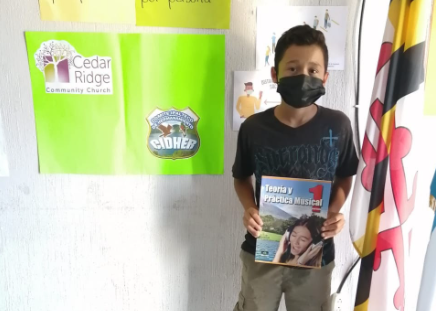
Photo: Cedar Ridge recently funded lesson books for first graders who are learning remotely, as well as a few books for low-income students who are studying music.

